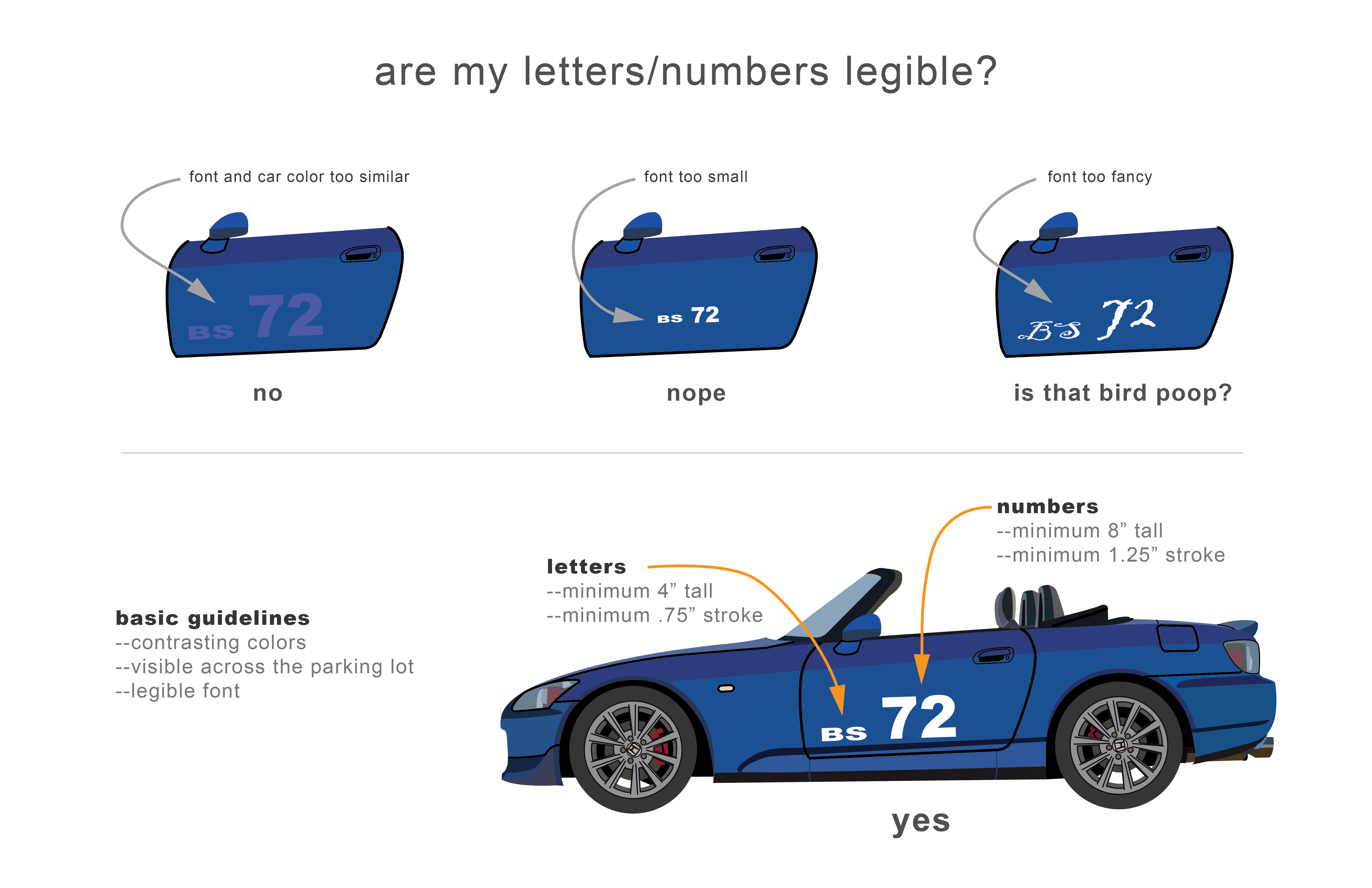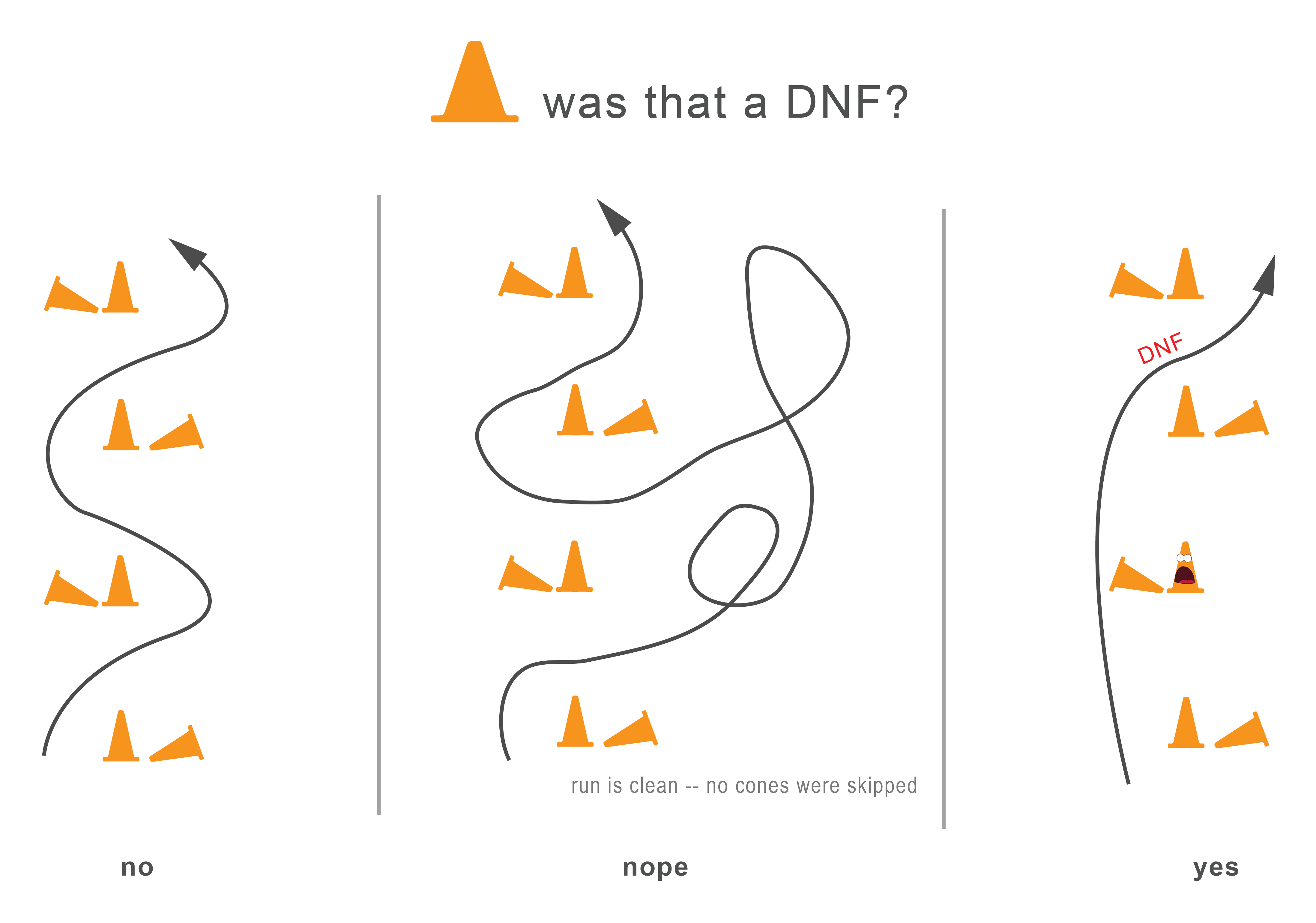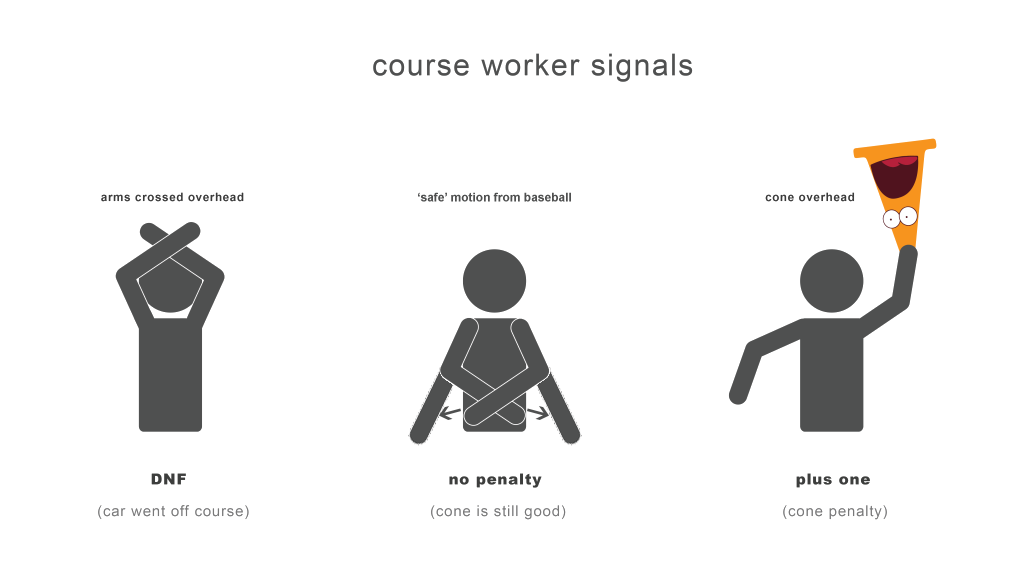Introduction
“Solo®” is the brand name for SCCA® Sanctioned AutoCross Events and on paper it seems very simple – use traffic cones to make a mini-roadcourse in a large parking lot or unused airport tarmac and see who can drive it the quickest without hitting any cones or going off course.
Despite the generally low speeds attained during competition, it's one of the fastest paced, rapid-fire forms of motorsports you can find, with barriers to entry so low that many people are able to compete and be competitive at it.
Competitors range from the casual participant who may use the same daily driver that they car-pool with to the hard-core driver who has a special car, special tires and uses lots of vacation days to squeak out every last fraction of a second. In between the extremes, there are levels and classes for different degrees of car modification.
If you have never autocrossed before or don't know the specific details, check out the "I want to Autocross" SCCA Official page. It will give you the basics of participating in an event. Don't worry; it's pretty easy and there are people to help along the way.





